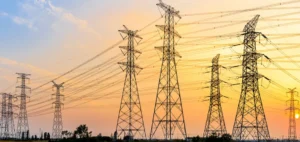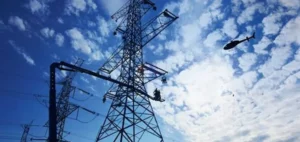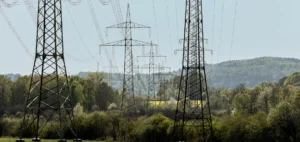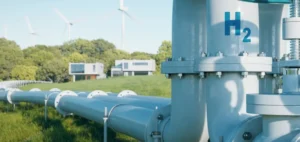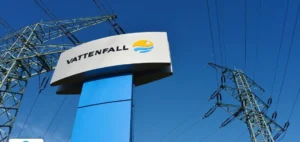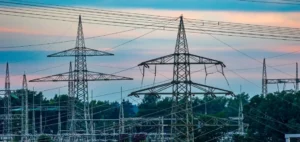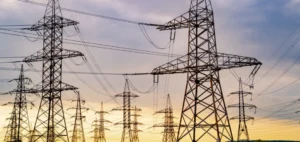The Australian government has granted federal environmental approval to the Marinus Link project, marking a decisive step for the construction of a 1,500 MW electricity and fibre optic interconnector between Tasmania and Victoria. This major infrastructure will be completed in two phases of 750 MW each, with federal regulatory coverage for the entire project.
A strategic interconnection project for the Australian grid
The total capacity of Marinus Link will allow electricity supply to the equivalent of 1.5 mn Australian households. The development and construction phase will generate up to 3,300 direct and indirect jobs across both states. The first stage of the project, with a capacity of 750 MW, will be able to cover the consumption of around 750,000 households.
Energy security and enhanced digital connectivity
Marinus Link is designed to allow electricity to flow in both directions between Tasmania and Victoria, providing greater flexibility to the National Electricity Market (NEM). The integration of a fibre optic connection will also increase digital capacity between the two states, meeting the growing demand for connectivity.
The project underwent a rigorous environmental assessment, carried out in collaboration with the governments of Tasmania and Victoria as well as relevant offshore regulatory agencies. Several strict conditions have been imposed to protect wildlife, flora, and both terrestrial and marine ecosystems, in accordance with national environmental legislation.
Phased implementation and institutional coordination
The rollout of Marinus Link will take place in two stages, each phase adding an additional 750 MW capacity to the national grid. The federal decision was made ahead of those from Victoria and Tasmania, illustrating the coordination between the various authorities involved.
The project opens up new investment prospects in the construction, engineering, telecommunications, and energy sectors. Officials indicated that the completion of this major infrastructure is expected to transform the structure of energy exchange between Tasmania and Victoria, while maintaining high regulatory requirements for environmental protection.






